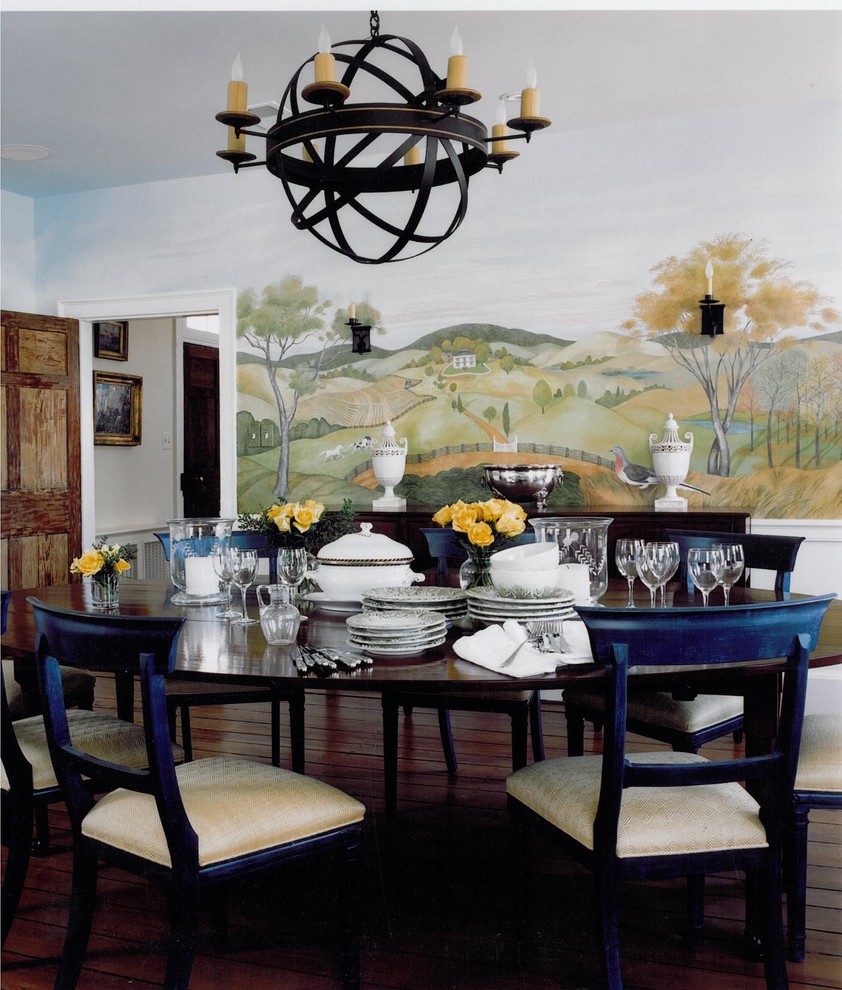DIY Wood Working Tips: Types of Wood Joinery

Are you looking at starting a new DIY project using wood? Learn the different types of joinery before you start!

Photo: Debbie Gartner
To the untrained eye, joining two pieces of wood is a simple task that you accomplish with a hammer and a few nails. Thankfully, there is a lot more to the art of wood joinery than that. Some of them are simple, and some will take some time and skill to master. In fact, there are professional manufacturing companies like SJD, that specialize in high quality joinery work. But for the DIY handyman, you’ll need to understand the various types of joining options before you can decide which ones will work best for your project.
The Butt Joint
This is the simplest way to join two pieces of wood to create a right angle corner. It’s a basic join with one piece of wood butting up to the other, and it’s attached with nails or screws. The end of one piece of wood is visible with a standard butt joint which is not the most finished look. A variation of the butt joint has both pieces of wood mitered so that they meet on a diagonal and leave no edges visible.

Photo: House and Garden UK
Mortise and Tenon Joint
Anyone can do a butt joint, but the classic mortise and tenon joint that is also used to create a square corner is going to take a bit more skill. A square hole is chiseled from one piece of wood, and a matching “peg” is cut from the other piece. If your measurements are just right, they should fit together so well that no other hardware is required to maintain the join.
Tongue and Groove Joint
Not all joins are intended to create a corner. One of the worst flooring decisions you can make is connecting the grooves the wrong way. Tongue and groove joins are common when joining boards together along their length, such as in plank flooring installations. A long notch is cut out of one board’s edge, and a matching “tongue” is created on the next board so that the two fit snugly together. It’s a fairly strong join for this purpose, and gives more surface area for adding wood glue.
 Photo: My Domaine
Photo: My Domaine
Biscuit Joint
A biscuit join is similar to the tongue and groove arrangement in that it involves doing two pieces of wood along their edges, not at a corner. In this case, both pieces of wood are cut with a groove or slot and a separate piece of thin wood (called a biscuit) is inserted between them to create the join. The slots are cut precisely to match the biscuit so when the pieces come together, the biscuit is not visible.
Dovetail Joint
Not for the wookworking novice, the dovetail joint is a long-standing joining method that is elegant and extremely strong. It also takes a lot more skill to get the cuts just right, but it will join without nails or screws once the wood is cut. Each piece of wood is cut in a specific toothed pattern that interlocks when the 2 pieces are fit together to create a corner.
There are few other types of joins you can experiment with, but these are the main ones that would be used in most sorts of household construction and even furniture building.










Leave a Comment